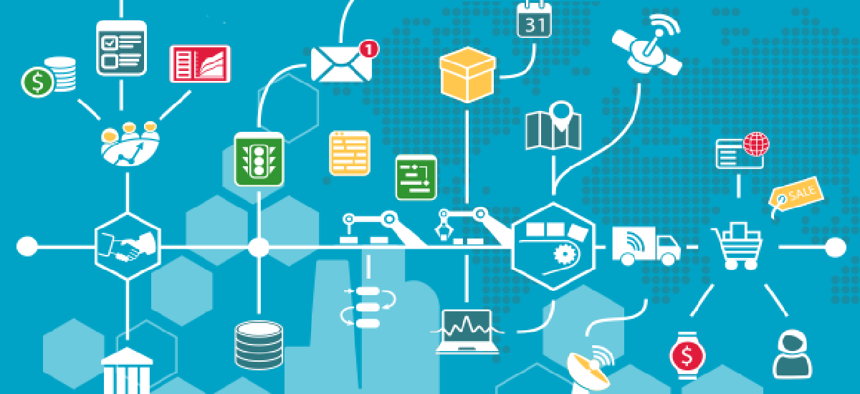The consumer electronics that power public safety


Connecting state and local government leaders
Connected emergency vehicles, mobile apps for responders and the internet of life saving things show the merging of consumer and public safety technology.
At this year's Consumer Electronics Show, electric cars, artificial intelligence and augmented reality took center stage, but technology for first responders -- including connected emergency vehicles, mobile apps and the internet of life saving things (IoLST) -- played a supporting role during the first public-safety CES.
Even though CES primarily targets consumers, the First Responder Network Authority (FirstNet) wanted to show how many of the capabilities developed for consumer and business are used for public safety, and how public-safety tools might have a place in consumer and business environments.
The IoT "really has more of a consumer and a business focus like thermostats in homes, for example, or monitoring industrial systems or building management systems,” said Bill Schrier, FirstNet senior adviser. “We wanted to focus on that smaller piece of the internet of things, which specifically is public safety.”
Here are some highlights from FirstNet’s three panels at CES:
Paving the Way for Connected Emergency Vehicles
Panelist Cory Hohs, CEO and founder of HAAS Alert, talked about cellular vehicle-to-vehicle technology that alerts motorist and cars when emergency vehicle are approaching or on scene. The device sends data to the HAAS Alert Safety Cloud that then alerts civilian vehicles in a given area. “If there’s a major collision and emergency vehicles race to the scene of that collision, other vehicles that are in the area can steer clear of that particular collision,” Schrier said.
Jonathan Lewin, who leads the Chicago Police Department’s Bureau of Technical Services, talked about its use of an acoustic gunshot detection device from SpotShotter. “When that commercial product detects gunshots in a particular location, it will swing nearby video cameras around as well as alert their strategic decision support centers,” Schrier said. “Then that information, in turn, goes out to emergency responders in their vehicles, so [they] can rapidly get to the scene and investigate it.”
FirstNet Applications Ecosystem
Announced last July, the applications ecosystem, run by AT&T, is intended to vet and standardize apps for public-safety use. App developers submit their solutions for review, where they are tested for security and how frugal they are with network bandwidth, for example. “It has a higher level of scrutiny than the Apple App Store or the Google Play Store,” Schrier said.
Going through the review process now is MobilePD, which worked in 2014 with the San Francisco Police Department on a two-way communications app. Available as MobilePD Connect or MobilePD Engage, the app lets consumers communicate anonymously with police offers about crime evidence. The department can send push notifications asking for tips to help solve a crime and alerting app users to emergencies in the area.
The Internet of Life-Saving Things
IoLST is an IoT subset that pertains to first responder technology. For example, police officers today have body-worn video cameras that connect to smartphones, but in the future the cameras might contain an LTE SIM card so they can stream data directly on the FirstNet network, Schrier said. Or police officers and firefighters might have health monitors that can alert commanders to a responder in distress.
AT&T has already deployed 2,300 streetlight-mounted nodes in San Diego that create public Wi-Fi and have potential public-safety applications, such as supporting video cameras or gunshot detection devices, he said. Michael Martin, CEO of RapidSOS, described how his company's app can package the data streaming from IoT devices for use by police officers or 911 centers.
Despite these developments, many first responder organizations continue to massage pain points in deploying new technologies. The main two challenges are inadequate budget and staff, Schrier said. Many police, fire and emergency medical services departments can’t cover the cost of equipping responders with smartphones, for instance.
As AT&T reaches the coverage and capacity milestones that are set under its contract to power FirstNet, Schrier said he expects more departments to get up-to-date technologically. Additionally, FirstNet officials will be holding meetings with state and regional first responders to drill down on operational obstacles and find applications and other solutions to ease them.




